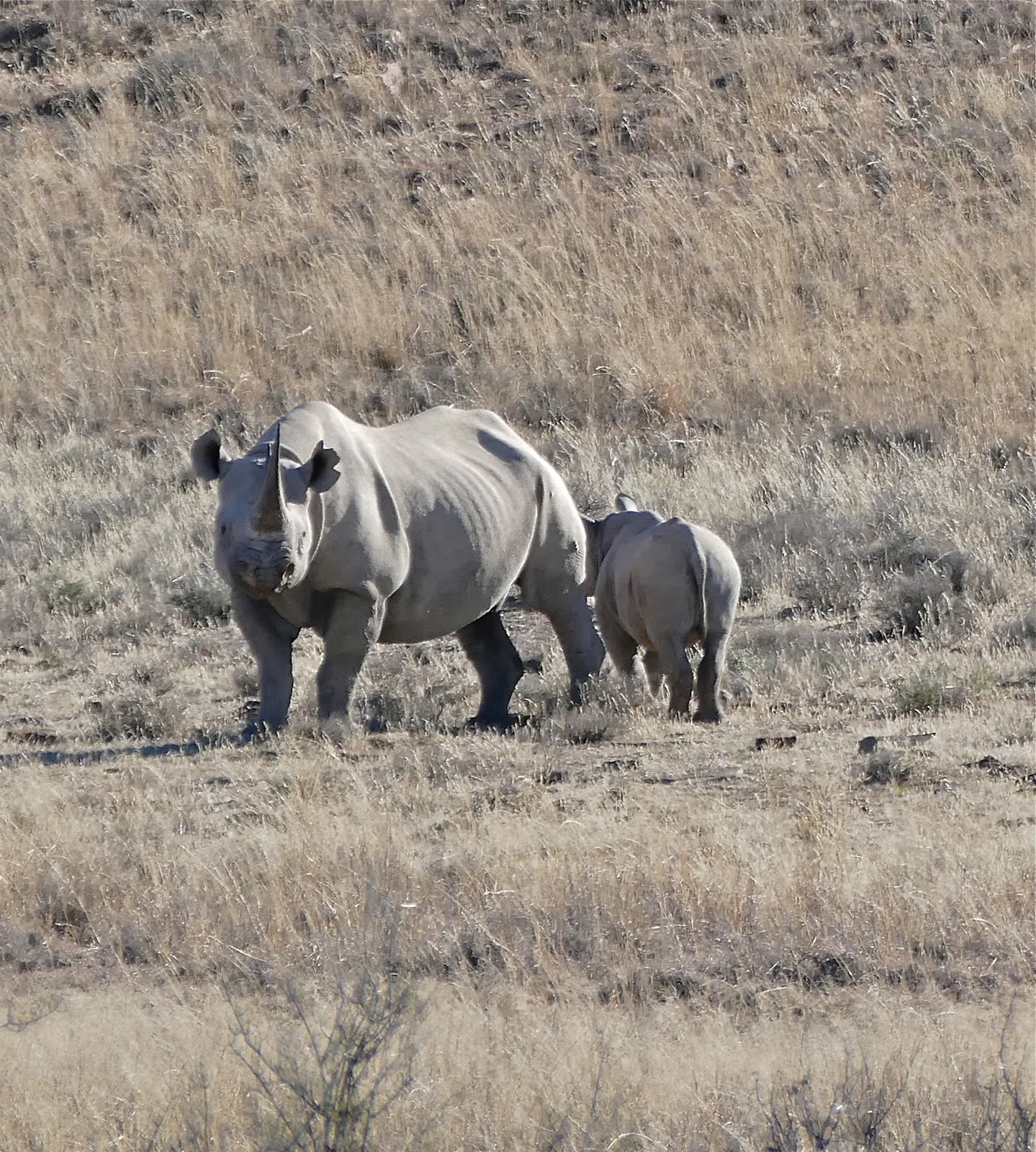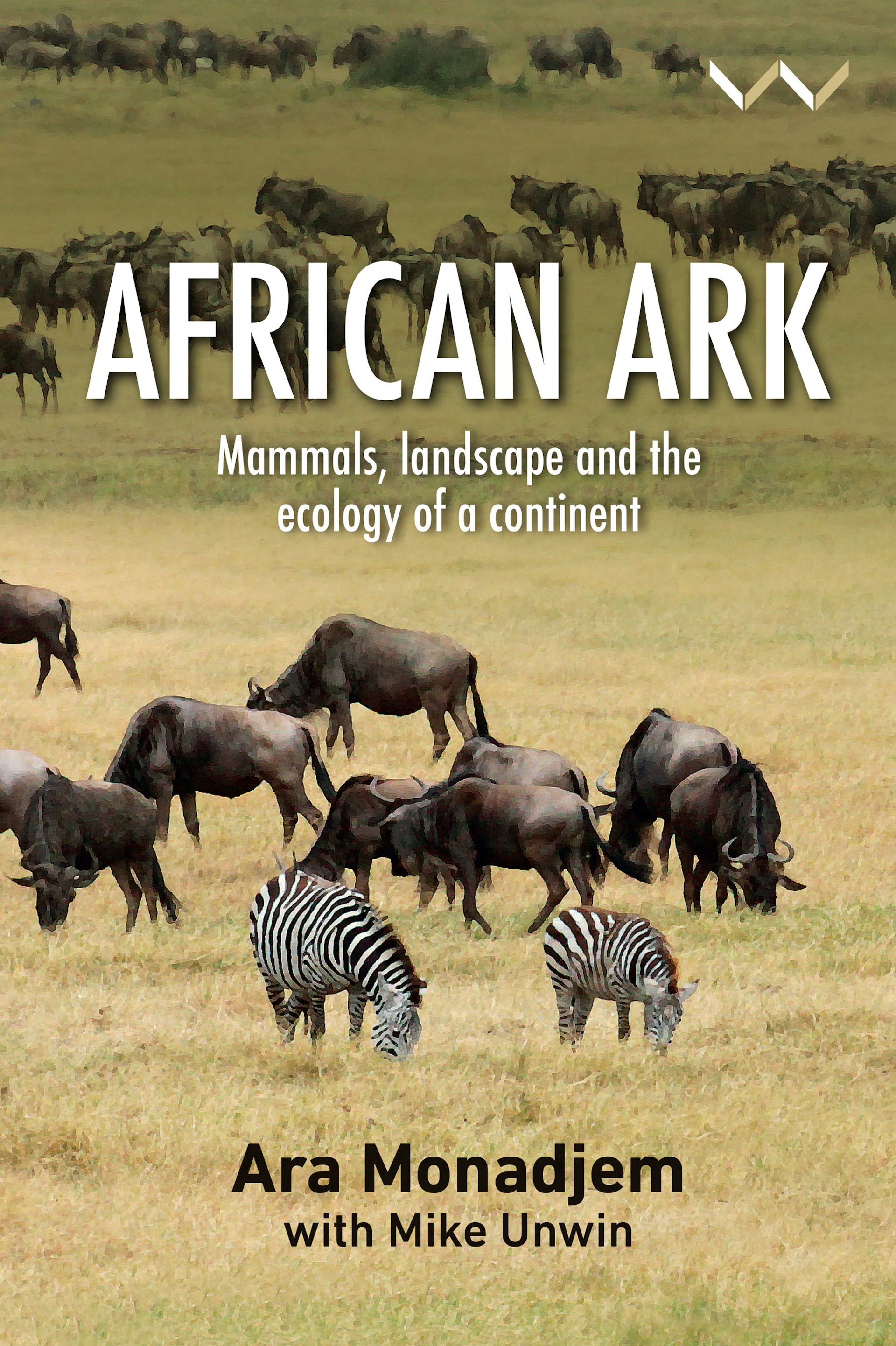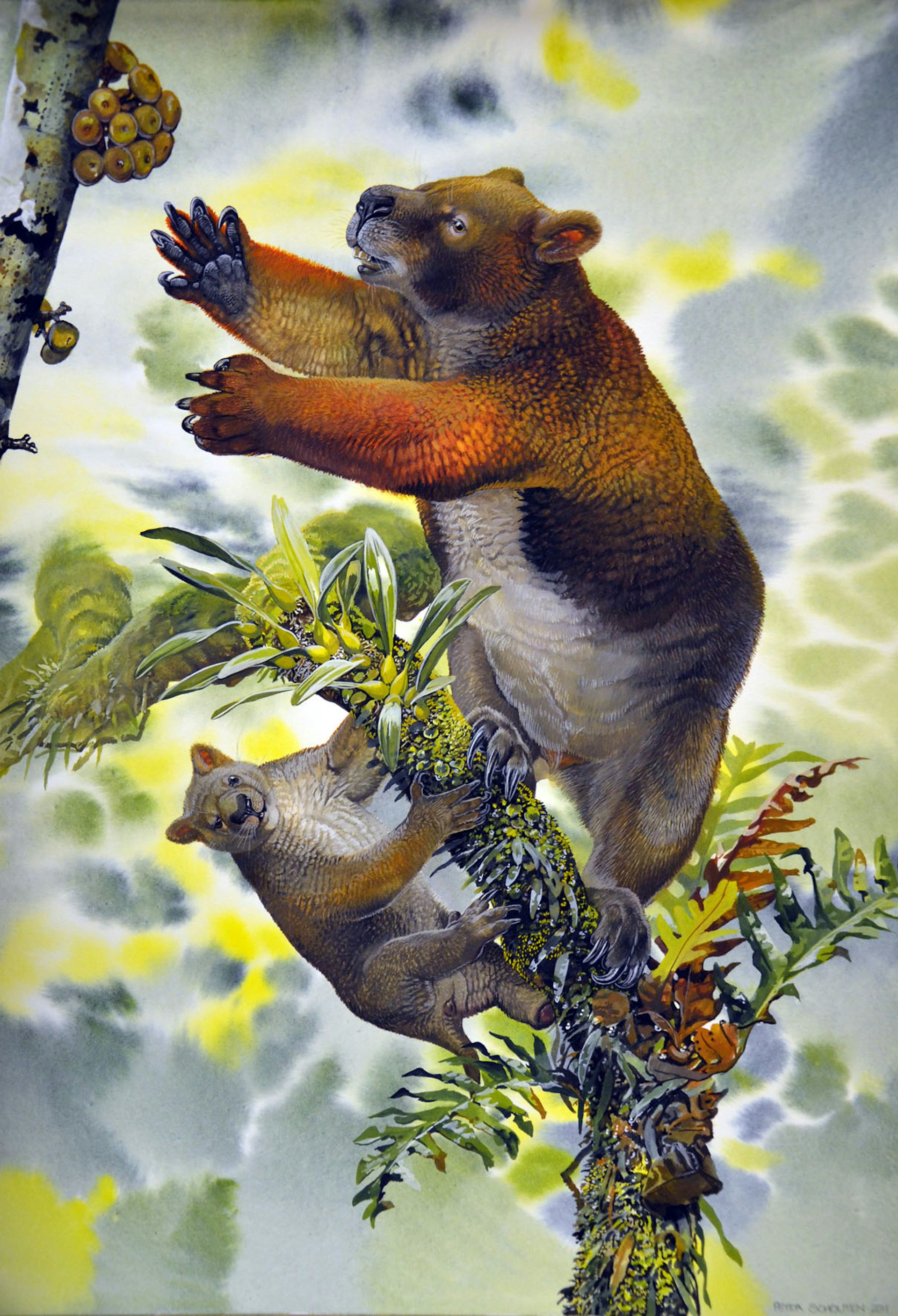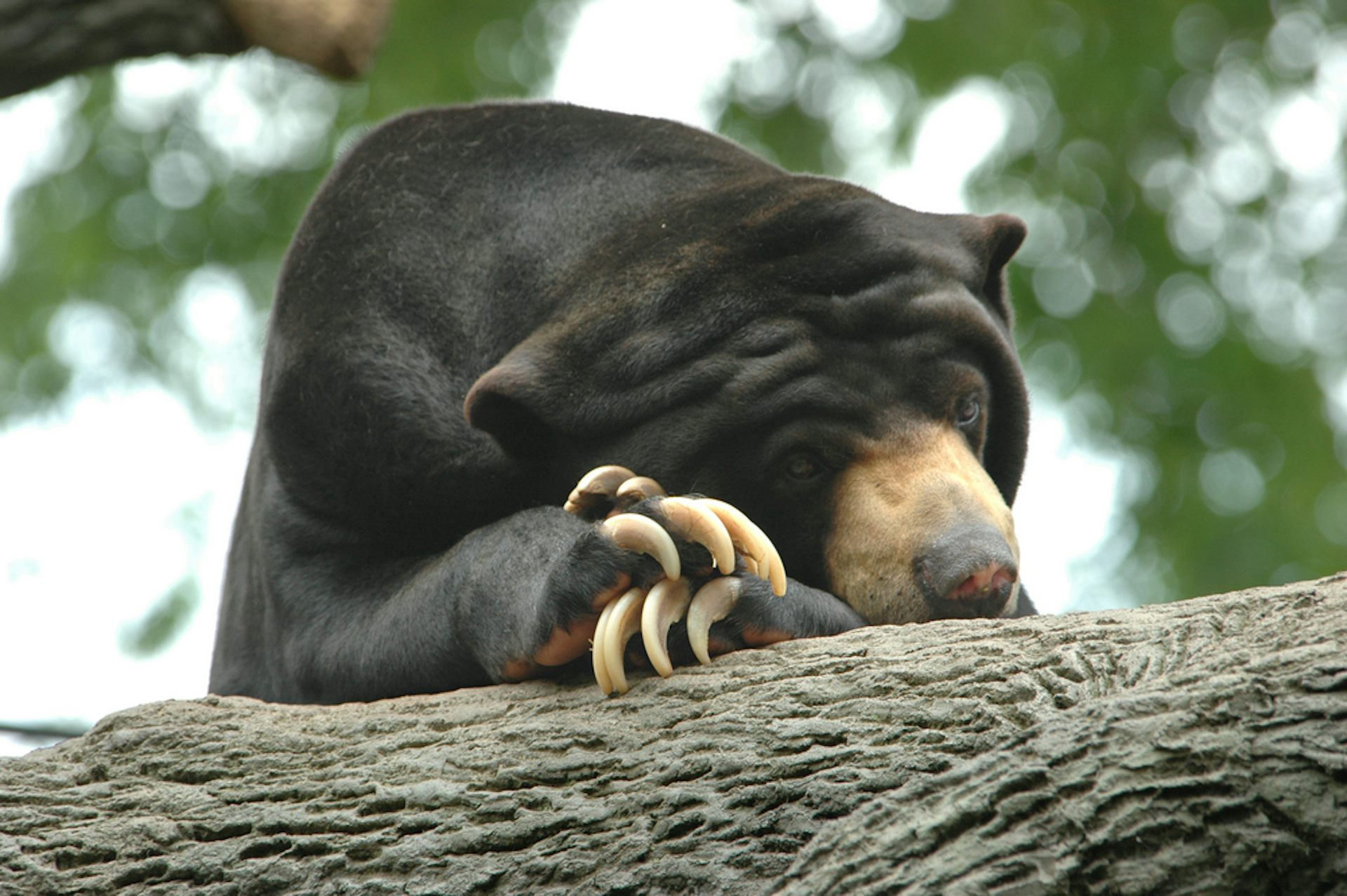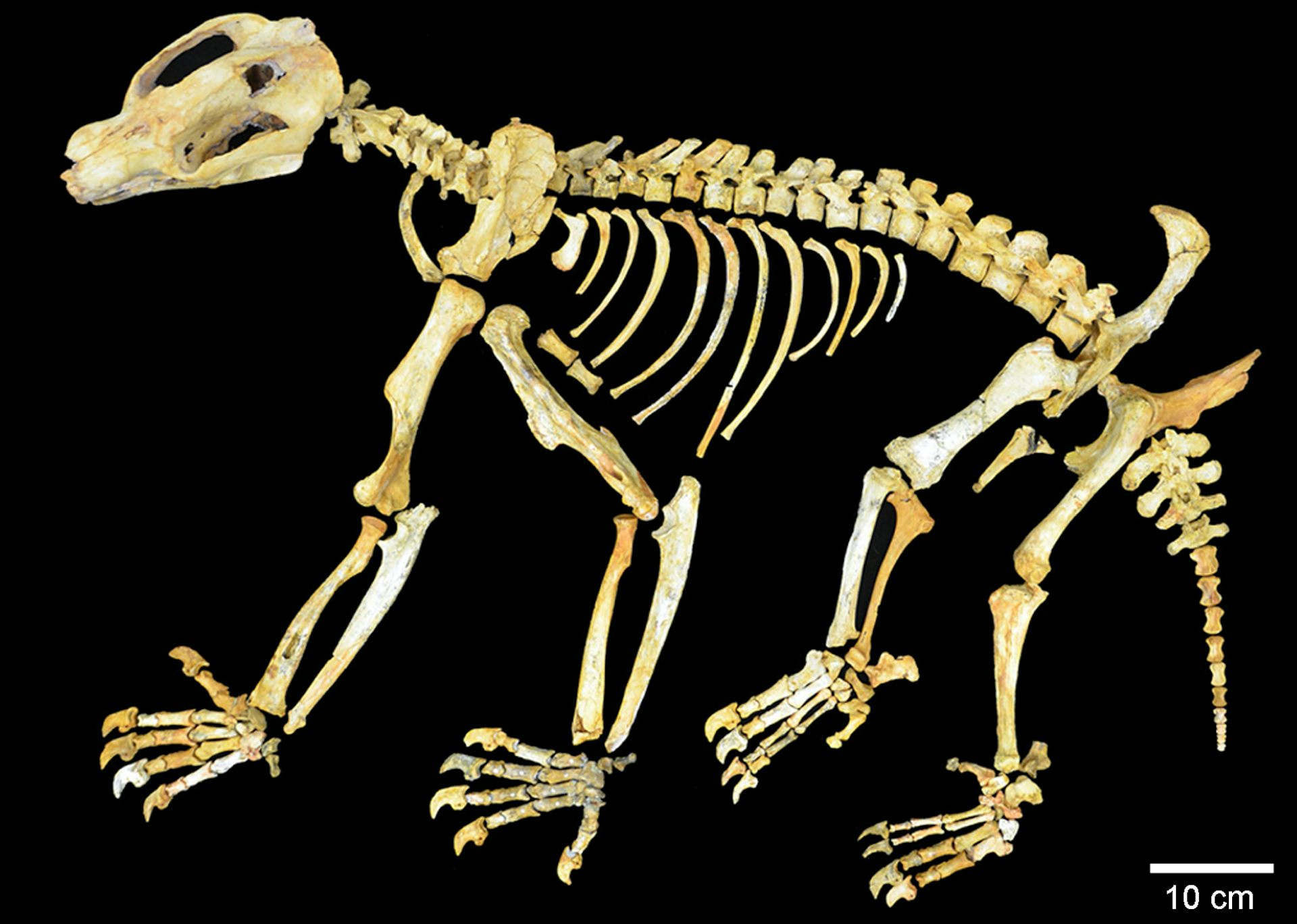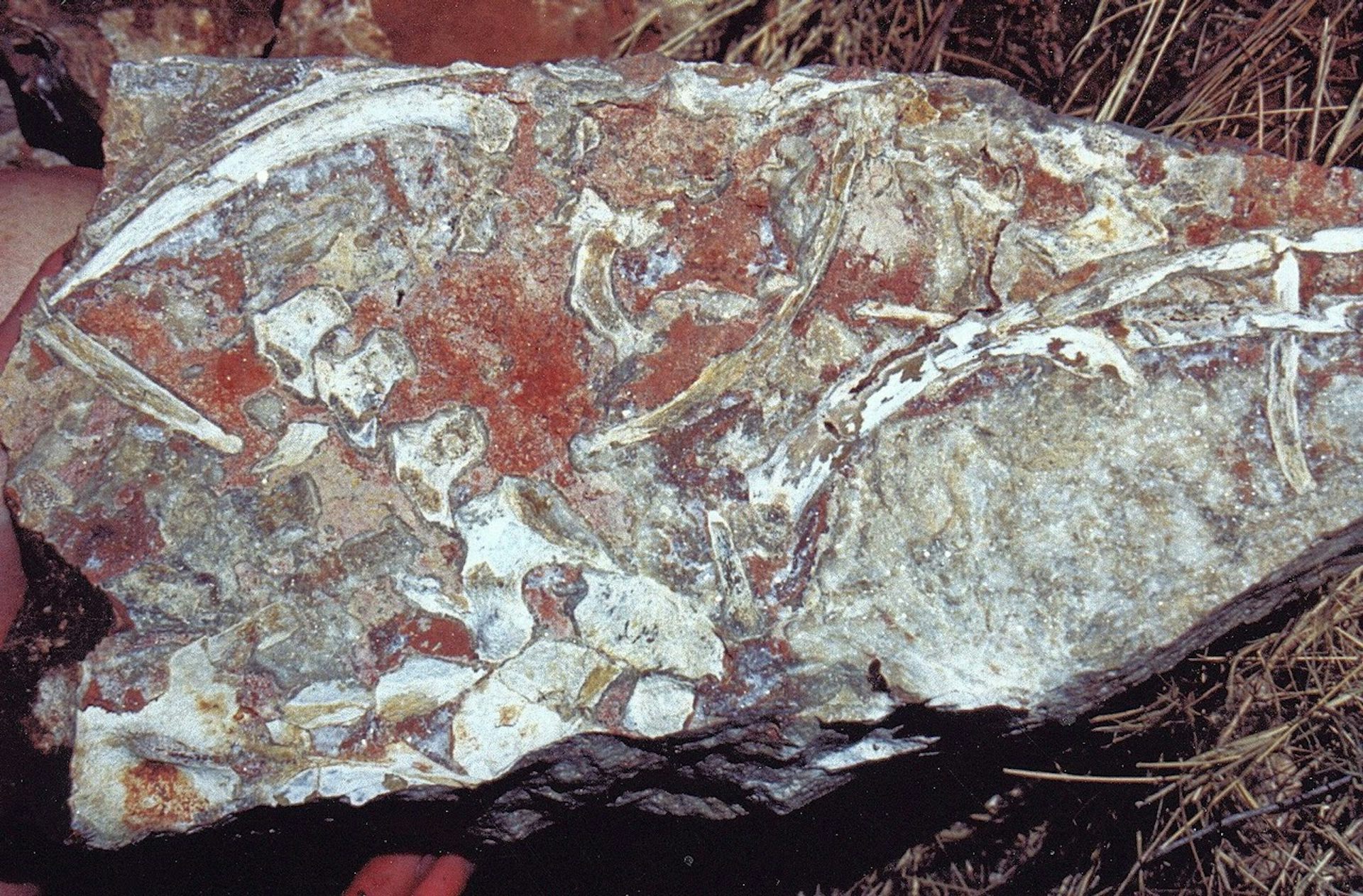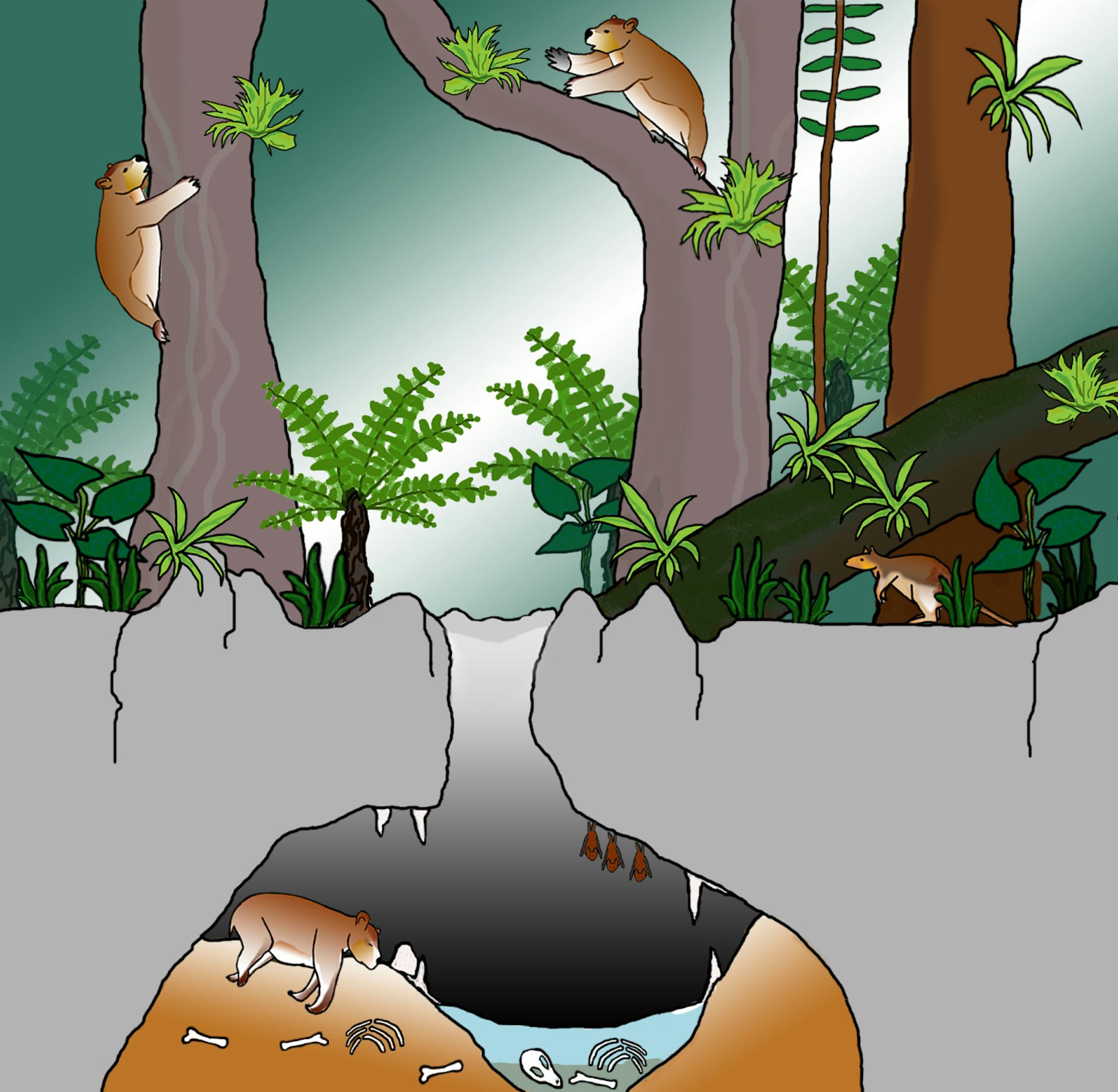African rhinos share retroviruses not found in Asian rhinos or other related species - Leibniz Institute for Zoo and Wildlife Research
Endogenous retroviruses have long been a bugbear for creationists in that they show convincing evidence of evolutionary phylogeny and common ancestry, so this paper which reveals the recent entry into the genome of the African rhinoceroses but not the Asian rhinoceroses, shows that the African rhinos share a common ancestor more recently than they share a common ancestor with the Asian species. That African ancestor became infected after it split from the common ancestor of the African and Asian rhinos.
The research team was led by Alex D. Greenwood of the Department of Wildlife Diseases, Leibniz Institute for Zoo and Wildlife Research (IZW), Berlin, Germany.
First, a little about ERV's:
Endogenous retroviruses (ERVs) Endogenous retroviruses (ERVs) are remnants of ancient retroviral infections that have become permanently integrated into the genome of the host organism. They are found in the genomes of most vertebrates, including humans. ERVs are considered "endogenous" because they are passed from generation to generation and are inherited in a Mendelian fashion, just like other genes. The life cycle of a retrovirus involves the reverse transcription of its RNA genome into DNA, which is then integrated into the host genome. Occasionally, retroviruses infect germ cells (cells that give rise to eggs or sperm) and their DNA is inserted into the genome of the offspring. Over time, these integrated viral sequences can become fixed in the population and passed on to future generations.The press release from the Leibniz Institute for Zoo and Wildlife Research explains the research and its significance:
ERVs provide evidence for evolution in several ways:
- Shared ERVs among species: ERVs are found in the genomes of different species, and the presence of the same ERV at the same genomic location in different species suggests a common ancestor. For example, scientists have identified a specific retroviral sequence called "HERV-K" that is present in the genomes of humans, chimpanzees, and other primates. The shared presence of this ERV provides strong evidence for a common evolutionary history.
- ERV distribution and phylogenetic relationships: The distribution of ERVs across different species can be used to construct phylogenetic trees, which illustrate the evolutionary relationships between species. By comparing the presence or absence of specific ERVs in different genomes, scientists can infer the evolutionary history and relatedness of species. This approach has been used to study the evolutionary relationships between primates and other mammals.
- ERVs as "molecular fossils": ERVs can act as "molecular fossils" that provide insights into ancient viral infections and evolutionary events. By studying the DNA sequences of ERVs, scientists can gain information about the timing of viral integration events and the evolutionary relationships between different ERVs. This information helps reconstruct the evolutionary history of the host species.
- Functional remnants of ERVs: Although most ERVs have accumulated mutations over time and lost their ability to produce functional viral particles, some ERVs retain functional elements. These functional remnants can have important roles in the regulation of gene expression and embryonic development. For example, certain ERVs have been co-opted by the host organism to play a role in placenta formation in mammals. This co-option of ERV sequences for new functions illustrates the process of exaptation, where existing genetic material is repurposed for novel functions during evolution.
References:chatGPT3, "Tell me all about endogenous retroviruses (ERV's), how they enter the genome and why they are evidence for evolution, with references, please. [Response to user question]
- Mager, D. L., & Stoye, J. P. (2015). Mammalian endogenous retroviruses. Microbiology spectrum, 3(1), MDNA3-0009-2014. doi: 10.1128/microbiolspec.MDNA3-0009-2014
- Griffiths, D. J. (2001). Endogenous retroviruses in the human genome sequence. Genome biology, 2(6), reviews1017.1. doi: 10.1186/gb-2001-2-6-reviews1017
Retrieved from https://chat.openai.com
Rhinoceros belong to a mammalian order called odd-toed ungulates that also include horses and tapirs. They are found in Africa and Asia. Until recently, evidence suggested that throughout their evolutionary history, gammaretroviruses such as Murine leukemia virus had not colonised their genomes, unlike most other mammalian orders. The colonisation process is called retroviral endogenisation and has resulted in most mammalian genomes being comprised of up to ten percent retroviral like sequences. An analysis of modern and extinct rhino genomes headed by the German Leibniz Institute for Zoo and Wildlife Research (Leibniz-IZW) now found that African rhinos have dozens of gammaretroviruses in their genomes absent from the genomes of Asian rhino species, such as the Sumatran and Javan rhino, and that the African black rhino has two related groups, one missing from the white rhinos. The restriction of gammaretroviruses to African rhinos and the close relatedness of the viruses to rodent viruses, particularly those of African rodents, suggests that African rhinos were infected by an exogenous viral variant and their genomes colonised in Africa. The work is published in the scientific “Journal of Virology”.More detail is given in the team's paper in the Journal of Virology, which sadly lies behind a paywall. However, the abstract is freely available:
We had data from several rhino species where we kept finding large portions of gammaretroviruses. When we used much newer and more complete reference genomes from modern and extinct rhinos we found that only African rhinos had been colonised
Dr Kyriakos Tsangaras, lead author
Department of Life and Health Sciences
University of Nicosia, Nicosia, CyprusRetroviruses such as the causal agent of aids, HIV-1, are unique among viruses in that they have to integrate into the DNA of the host as part of their replication cycle. If this happens in the germline in spermatocytes or oocytes, they can become a part of the host genome that is inherited by the following generation and then are present in every cell of offspring bodies. This evolutionary process has happened so often that on average up to ten per cent of the mammalian genome is made up of retroviruses or their remnants. A previous study of available genomes from horses and their relatives suggested that they, along with rhinos and tapirs, had not been invaded by gammaretroviruses, a group of viruses related to mouse and bird viruses that have successfully colonised most mammalian genomes.This ultimately comes down to lack of high-quality reference sequences of wildlife. While things have improved a lot since the first human genome was sequenced, you miss things such as viral history when the databases lack so many species or high-quality reference genomes from many species. It is really another example of why we need more genome reference sequences from wildlife because we don’t know what other things we are missing and which conclusions we draw about presence and absence of sequences that may turn out to be a consequence of too little information.
Professor Alex Greenwood, Senior author
Head of the Wildlife Disease Department. Leibniz Institute for Zoo and Wildlife Research
Berlin, Germany
Together with colleagues from Australia and Germany the scientific team found that in fact two different viral groups had colonised African rhinos. One of them had only colonised the black rhino (Diceros bicornis) and not the white rhino (Ceratotherium simum) and was evolutionarily younger than the one shared by both. As both groups are restricted to African rhinos the study suggests that the African rhino lineage was infected and their genomes colonised in Africa, and that is why the respective gammaretroviruses are not found in Asian rhinoceros and other rhino relatives.
ABSTRACTTo any normal person, evidence like this would confirm evolutionary divergence, firstly between the African and Asian rhinoceroses, then, later between the African rhinoceroses.
High-throughput sequences were generated from DNA and cDNA from four Southern white rhinoceros (Ceratotherium simum simum) located in the Taronga Western Plain Zoo in Australia. Virome analysis identified reads that were similar to Mus caroli endogenous gammaretrovirus (McERV). Previous analysis of perissodactyl genomes did not recover gammaretroviruses. Our analysis, including the screening of the updated white rhinoceros (Ceratotherium simum) and black rhinoceros (Diceros bicornis) draft genomes identified high-copy orthologous gammaretroviral ERVs. Screening of Asian rhinoceros, extinct rhinoceros, domestic horse, and tapir genomes did not identify related gammaretroviral sequences in these species. The newly identified proviral sequences were designated SimumERV and DicerosERV for the white and black rhinoceros retroviruses, respectively. Two long terminal repeat (LTR) variants (LTR-A and LTR-B) were identified in the black rhinoceros, with different copy numbers associated with each (n = 101 and 373, respectively). Only the LTR-A lineage (n = 467) was found in the white rhinoceros. The African and Asian rhinoceros lineages diverged approximately 16 million years ago. Divergence age estimation of the identified proviruses suggests that the exogenous retroviral ancestor of the African rhinoceros ERVs colonized their genomes within the last 8 million years, a result consistent with the absence of these gammaretroviruses from Asian rhinoceros and other perissodactyls. The black rhinoceros germ line was colonized by two lineages of closely related retroviruses and white rhinoceros by one. Phylogenetic analysis indicates a close evolutionary relationship with ERVs of rodents including sympatric African rats, suggesting a possible African origin of the identified rhinoceros gammaretroviruses.
IMPORTANCE:Rhinoceros genomes were thought to be devoid of gammaretroviruses, as has been determined for other perissodactyls (horses, tapirs, and rhinoceros). While this may be true of most rhinoceros, the African white and black rhinoceros genomes have been colonized by evolutionarily young gammaretroviruses (SimumERV and DicerosERV for the white and black rhinoceros, respectively). These high-copy endogenous retroviruses (ERVs) may have expanded in multiple waves. The closest relative of SimumERV and DicerosERV is found in rodents, including African endemic species. Restriction of the ERVs to African rhinoceros suggests an African origin for the rhinoceros gammaretroviruses.
Tsangaras K, Mayer J, Mirza O, Dayaram A, Higgins DP, Bryant B, Campbell-Ward M, Sangster C, Casteriano A, Höper D, Beer M, Greenwood AD (2023)
Evolutionarily young African rhinoceros gammaretroviruses.
J VIROL 97, e0193222. https://doi.org/10.1128/jvi.01932-22.
© 2023 American Society for Microbiology.
Reprinted under the terms of s60 of the Copyright, Designs and Patents Act 1988.
It would also show that the scientists are in no doubt that evolution is the fundamental explanation for their findings, with no hint that they believe magic and supernatural magicians were involved, like creationist frauds fool their dupes into believing they increasingly are. Indeed, why would they? What rational, educated adult, with a mental age greater than about 9, believes in magic or supernatural magicians and thinks they should play any part in scientific explanations of real-world evidence?
